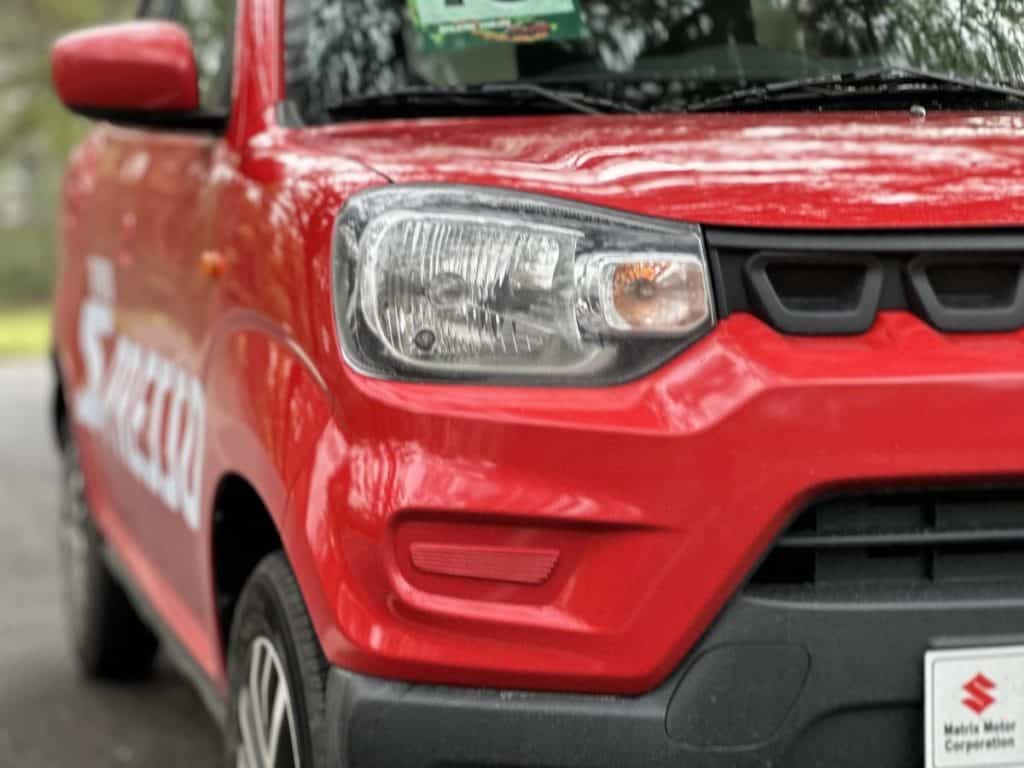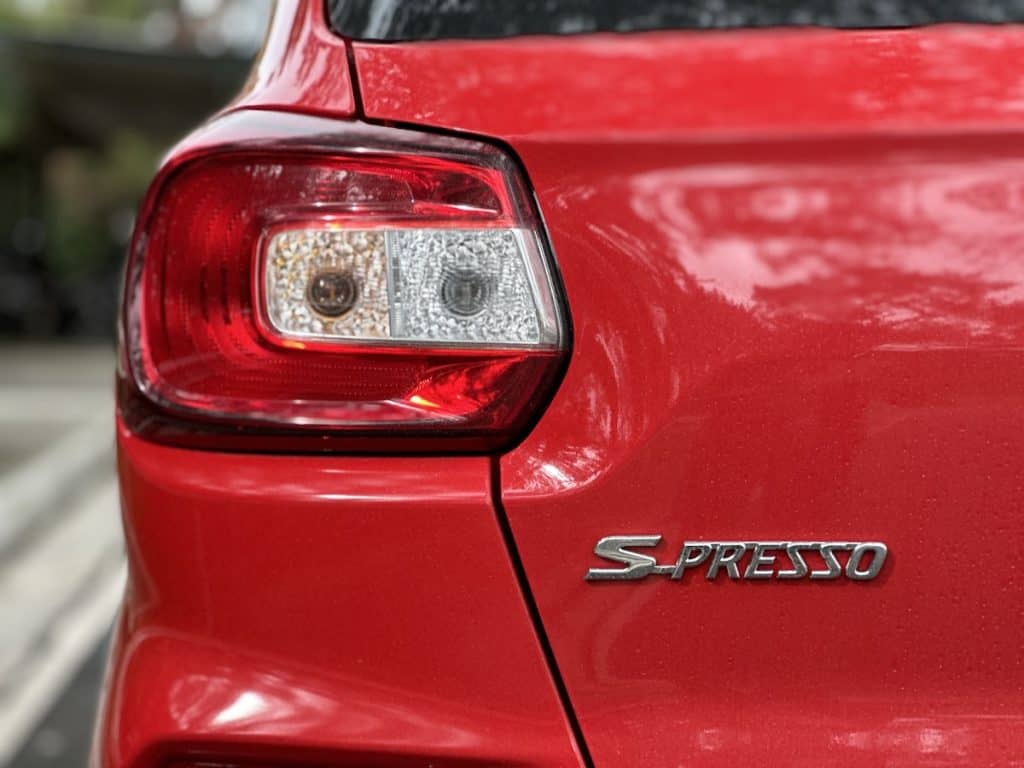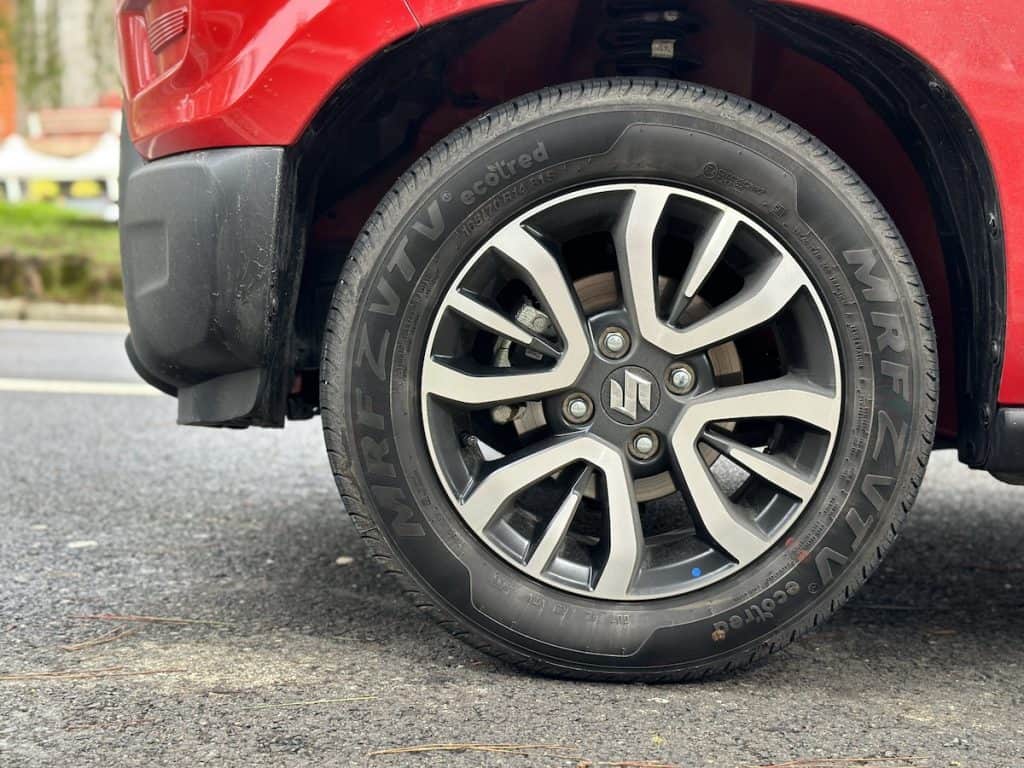Suzuki Philippines has just launched the S-Presso AGS last May. The company didn’t take too much time and gave us, the members of the motoring media, a chance to take the so-called automatic S-Presso on a spin – not just within the city but out on a long drive to Baguio City.
This journey put the new Suzuki S-Presso AGS to the test on highways, winding roads, and the challenging uphill climb to the City of Pines. But before we get to the drive, let’s discuss what’s new with the most affordable Japanese hatchback.
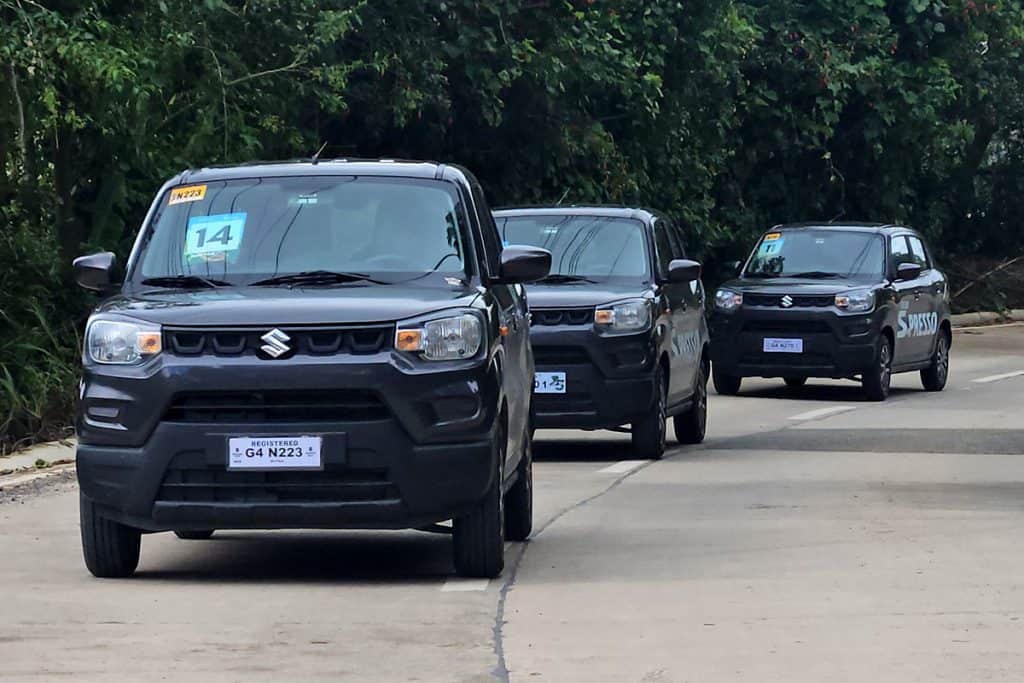
One word to describe the S-Presso: charming. The AGS variant retains that, and despite the shortcomings you might notice – like the halogen headlamps this day and age and the black plastics that normally come in the silver finish in other markets – the stylish front and rear bumper, 14-inch alloy wheels, and distinct rear combination lamps still bring character and personality to the entry-level vehicle.
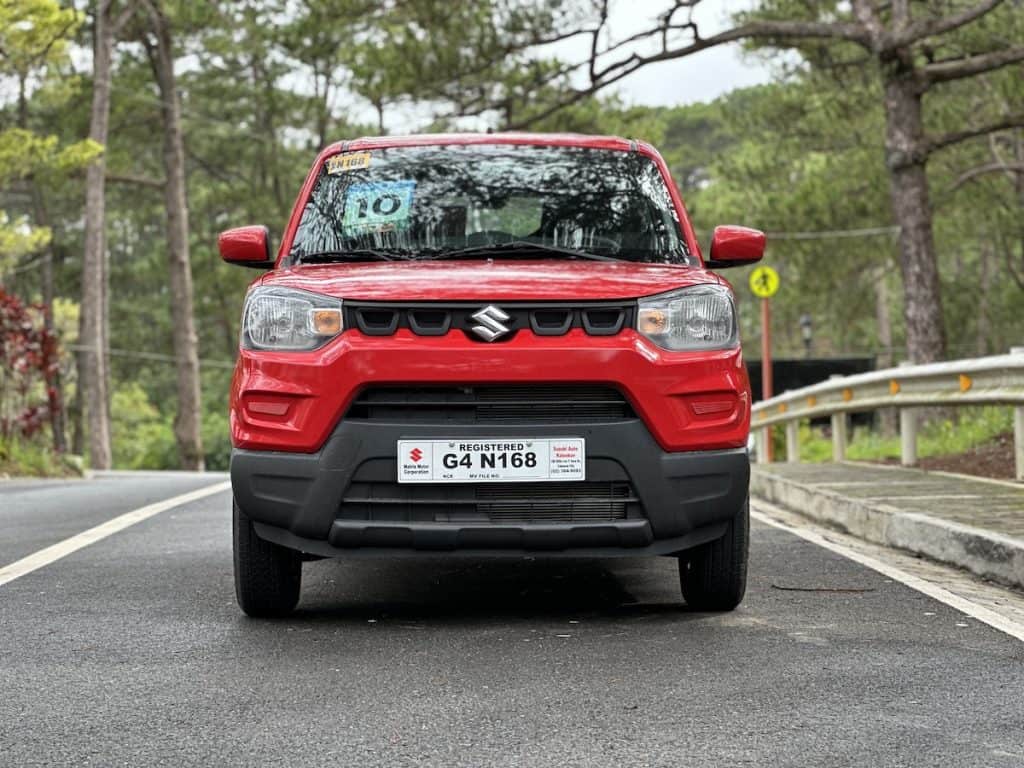
Inside the cabin, the S-Presso AGS retains its familiar layout but now boasts an updated infotainment system integrated with Apple CarPlay and Android Auto. This modern feature proves essential in today’s smartphone-driven era. Moreover, electronic power adjustment for the side mirrors enhances convenience. The front power window buttons are still situated in the center, below the infotainment touchscreen, an unusual placement to maximize cabin space. There’s extensive use of expected hard plastic materials, which is acceptable at this price point.
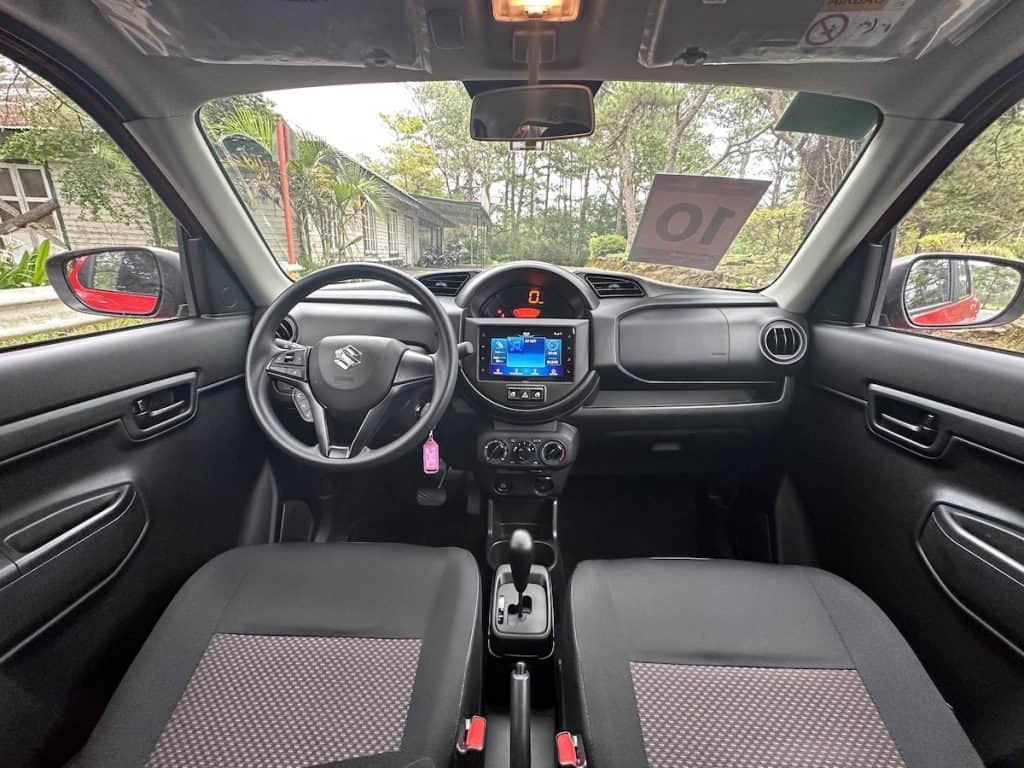
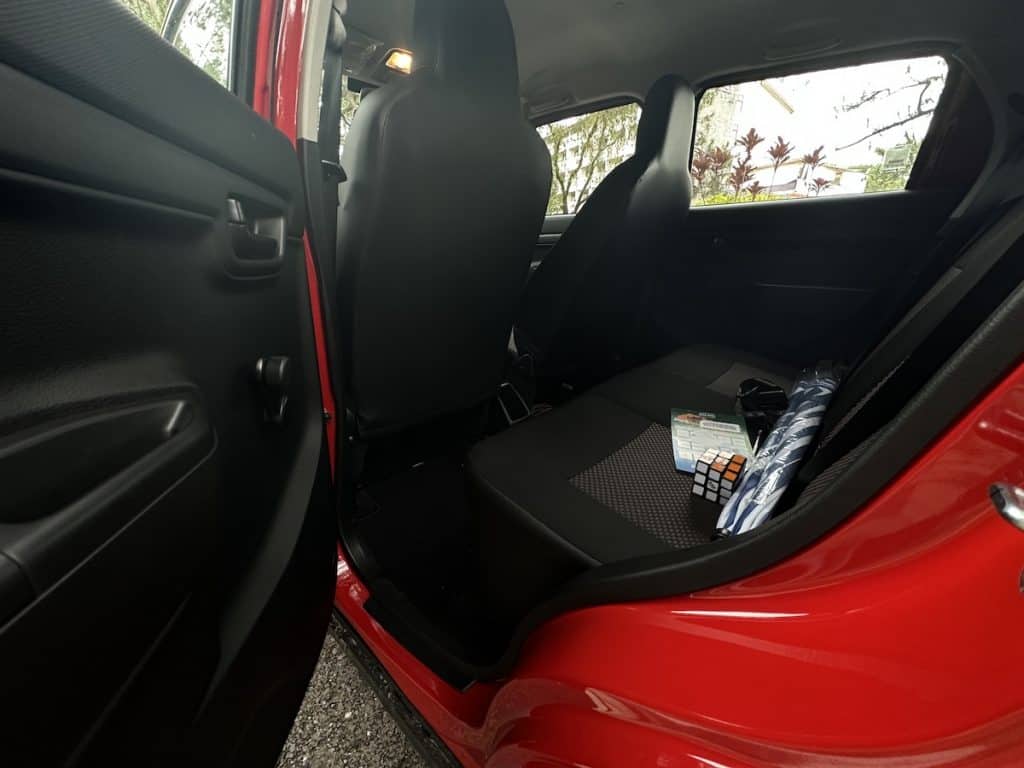
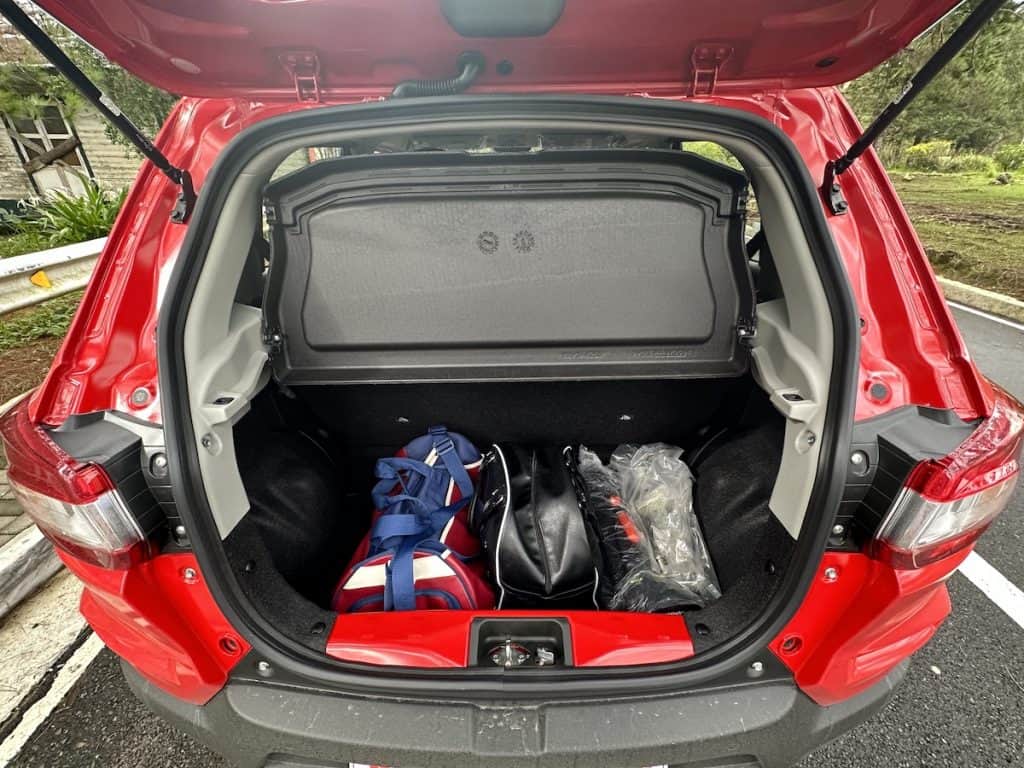
The S-Presso is surprisingly spacious for its exterior size as well. The space was adequate for two people aboard, including their luggage and quite a number of pasalubongs bought from Baguio.
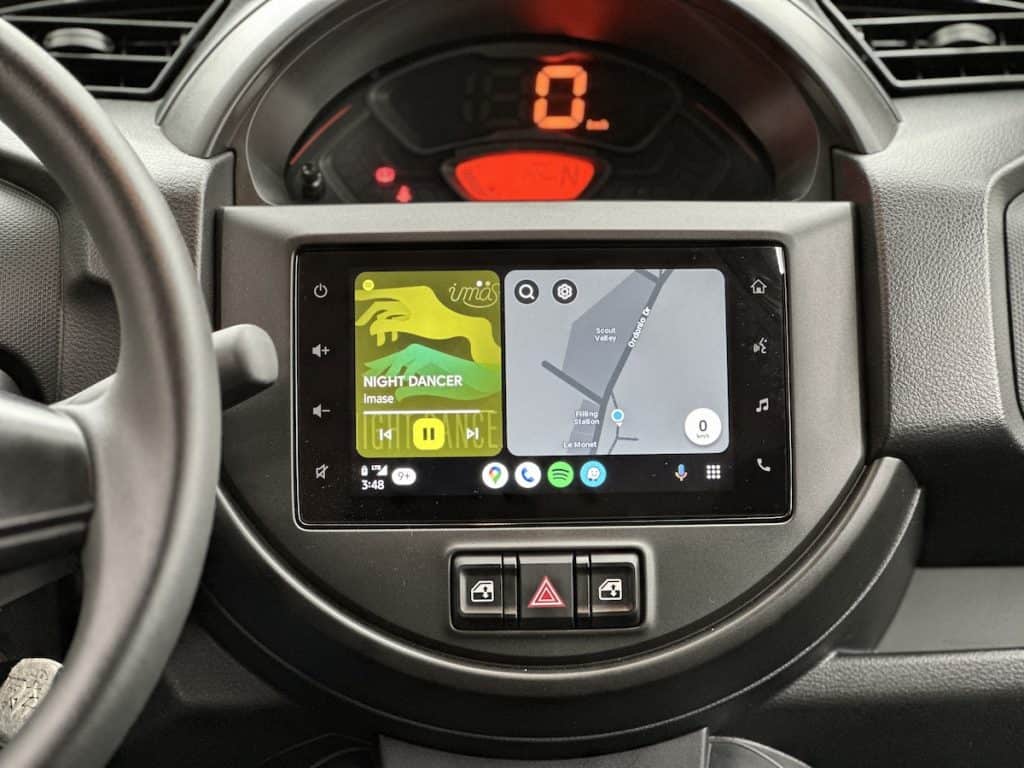
In terms of safety and technology, the S-Presso AGS doesn’t disappoint. It comes equipped with hill hold control, preventing the vehicle from rolling back for about two seconds on inclined roads. Dual front airbags, an anti-lock brake system, an electronic stability program, and rear parking sensors provide essential safety measures.
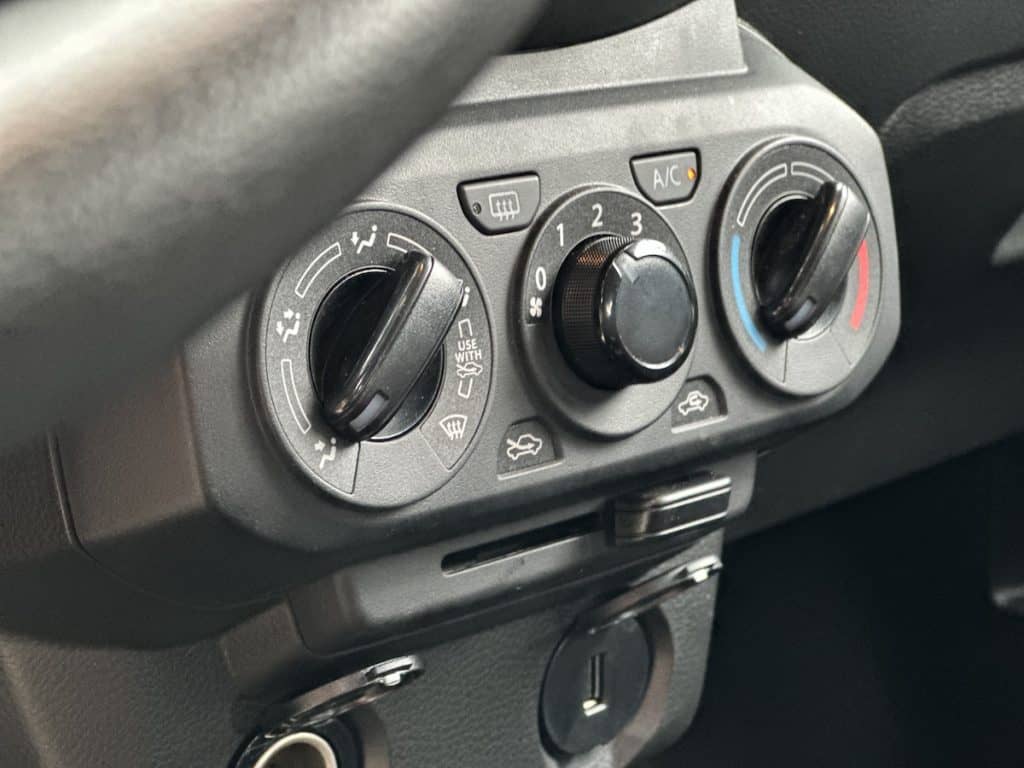
Beneath the hood lies a new 1.0-liter K10C gasoline engine, generating 67 horsepower and 97 Nm of torque. This three-cylinder engine connects to Suzuki’s innovative Automatic Gear Shift (AGS), an automated manual transmission. Think of it as driving a manual car without the need to operate the clutch.
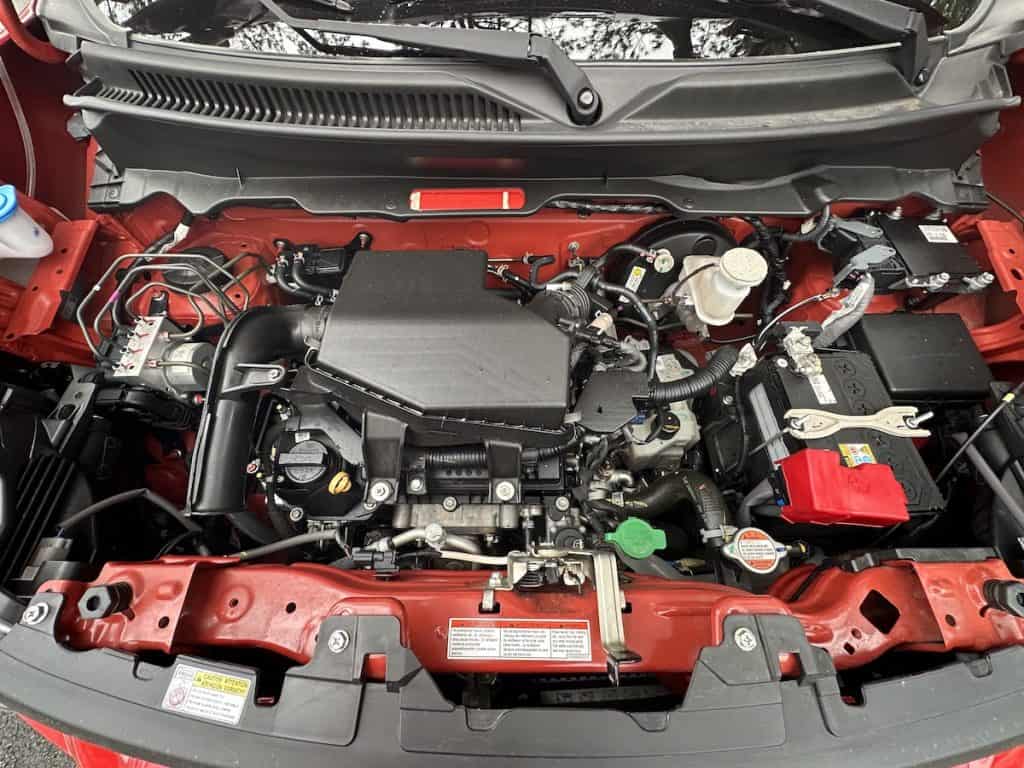
The long drive commenced at the Suzuki Auto Taguig dealership. Two individuals were assigned to each car, and the first leg of the journey involved navigating through the traffic in Taguig City. The S-Presso AGS’ Engine Automatic Start-Stop (EASS) technology came into play during this portion, cutting engine power when the vehicle was at a full stop to improve fuel economy. While the EASS functioned well in most situations, there were instances where the engine didn’t shut down completely at a stop. Nevertheless, a simple lift of the foot off the brake pedal reignited the engine, restoring average air conditioning intensity.
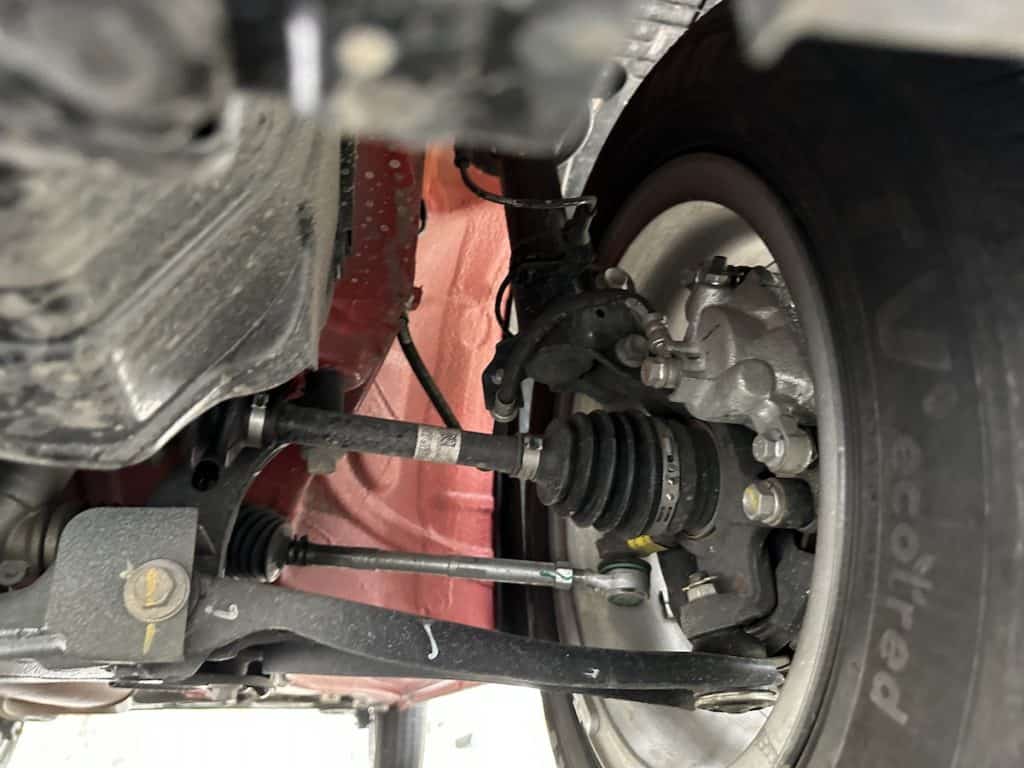
The updated infotainment system with Apple CarPlay proved invaluable when maneuvering through Taguig’s busy streets. It operated seamlessly, without any lag or hanging issues. Finally escaping the city traffic, the journey transitioned to cruising on the highway. The S-Presso AGS showcased its stability, thanks to its weighted steering wheel, which offered a slight heaviness that enhanced control on the road. The suspension leaned toward the firm side, absorbing road imperfections to a reasonable extent, but particularly rough patches were noticeable, especially on poorly made expressway segments.
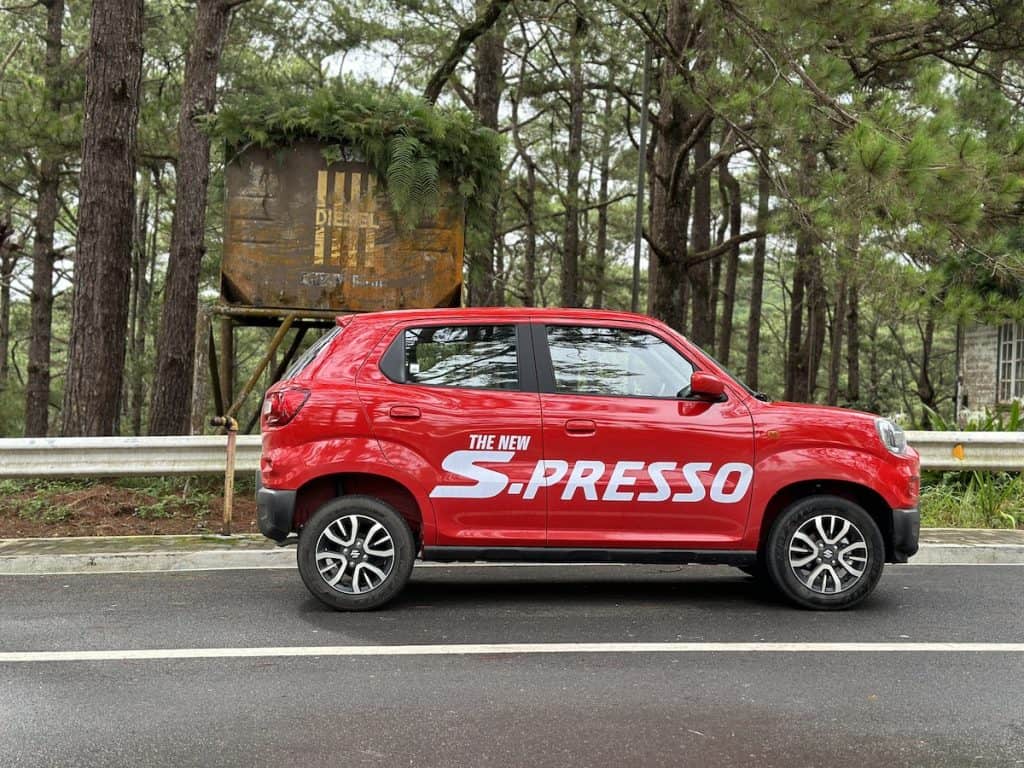
The vehicle’s noise insulation was just alright for its price point, with wind and tire noise being more noticeable at higher speeds. The sound of rain on the windshield and roof also necessitated raising one’s voice during sudden downpours.
In terms of fuel efficiency, the Suzuki S-Presso AGS’s fuel efficiency varied. Our vehicle achieved 14.1 km/L, while other participants of the drive returned an impressive 21.2 km/l in combined city and highway driving conditions up to our waypoint in Baguio. That said, the variance was steep and highly depended on the driver. Still, the numbers were impressive, considering that I was driving the hatchback without regard to saving fuel.
The weather wasn’t kind to us during the drive so the original Kennon Road route became a forced trip take the truck-riddled Marcos Highway. The S-Presso AGS demonstrated its prowess on uphill roads, even allowing us to overtake at some point. Be a bit wary of your acceleration, though, as these overtaking maneuvers should be done with intent. Braking seemed like an on/off switch, with modulation a bit of a challenge. It did bite hard, though, when engaged, so that mattered a lot.
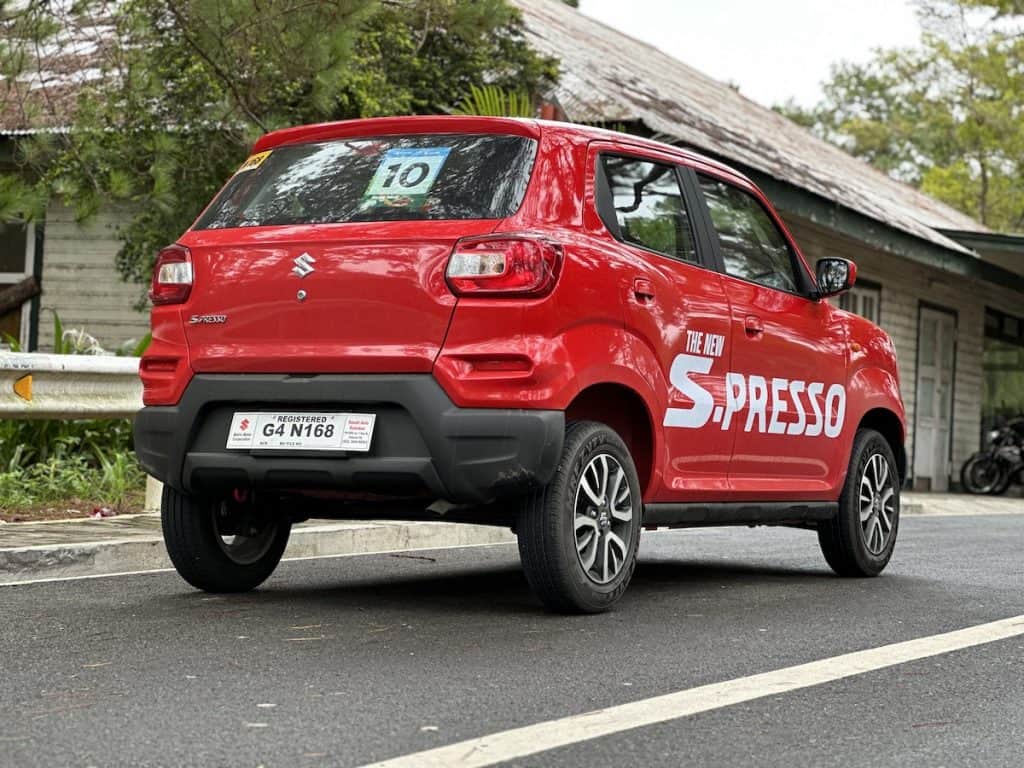
The biggest challenge, however, was to master the AGS transmission. It’s quite different from the conventional torque converter automatic or continuously variable transmissions (CVTs) most drivers are accustomed to. Suzuki’s AGS is an automated manual, requiring a slight lift off the gas pedal and subsequent pressure to initiate gear shifts. Achieving the perfect timing for gear changes was a learning curve, especially on the dynamic drive along Marcos Highway.
Occasionally, the AGS struggled to find the right gear, compromising confidence when overtaking. Fortunately, the S-Presso AGS offers a manual mode, allowing drivers to dictate gear shifts as desired.
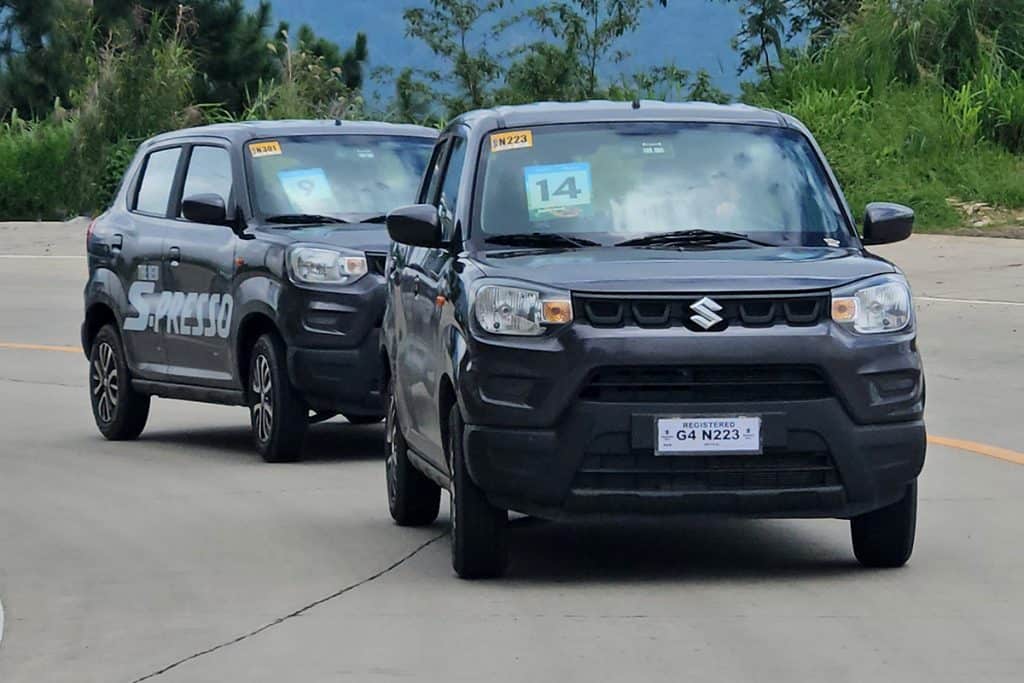
But once mastered, the S-Presso was a joy to control, especially during the downhill stint. It’s particularly great when in manual mode, though we really wish Suzuki can do something about the suspension tune as it felt like it was lazy to recoil during quick tight turns.
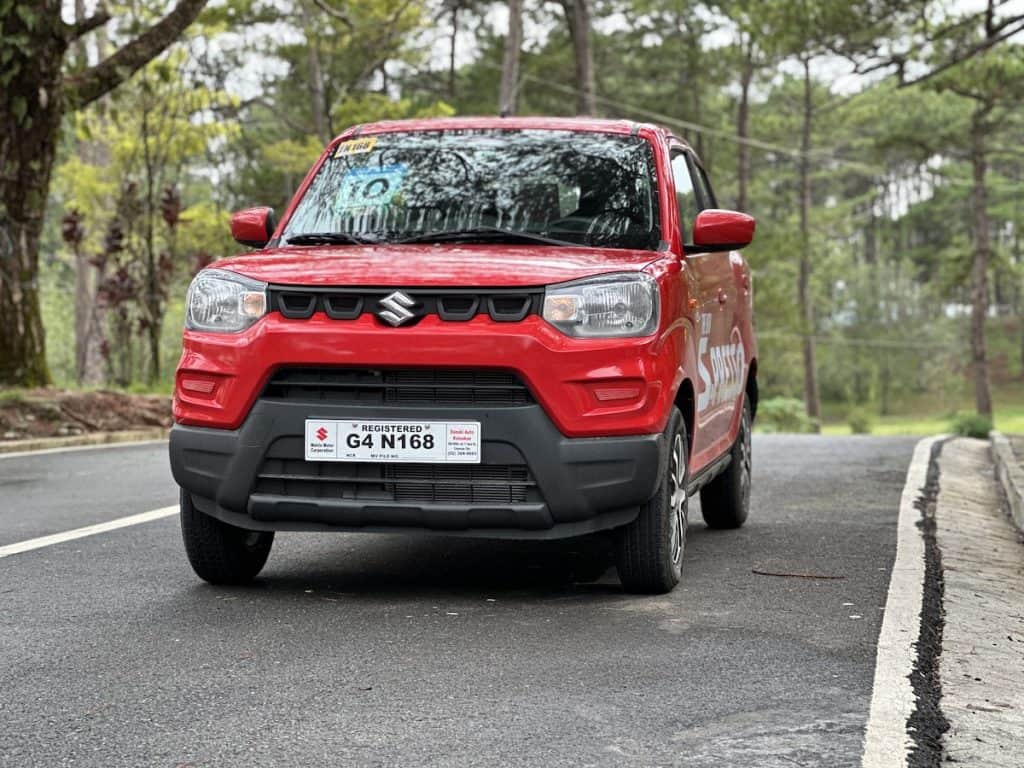
At P660,000, the Suzuki S-Presso AGS proved to be more than just a daily driver in the urban jungle. Its performance on highways and uphill roads to Baguio showcased its capabilities, with an excellent fuel efficiency rating as an added bonus. While the AGS technology may not suit everyone’s driving preferences, its convenience of driving with two pedals instead of three is undeniable.
Of course, all of these assessments are with the assumption that you’ll drive the car with good measure. It is, after all, an entry-level car and not a performance car.


